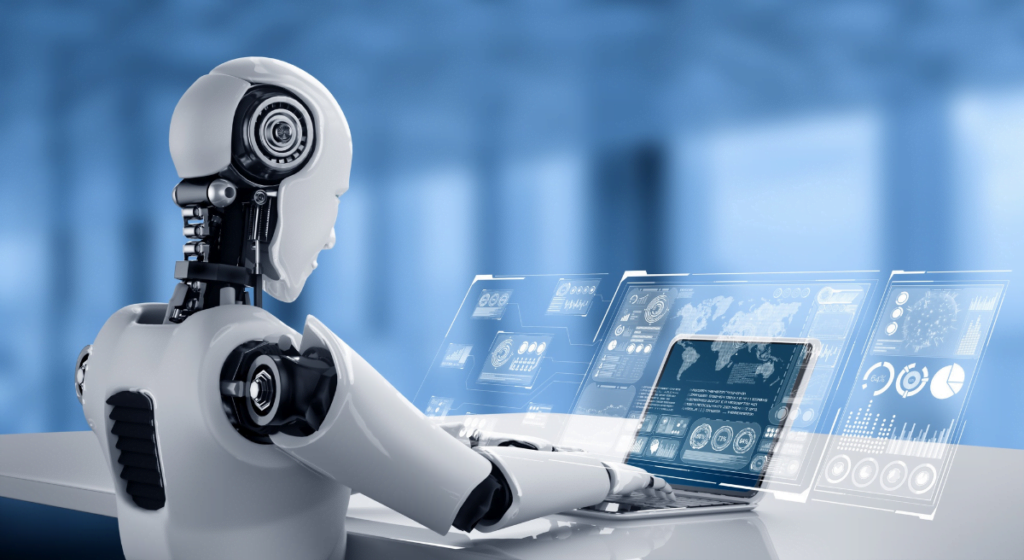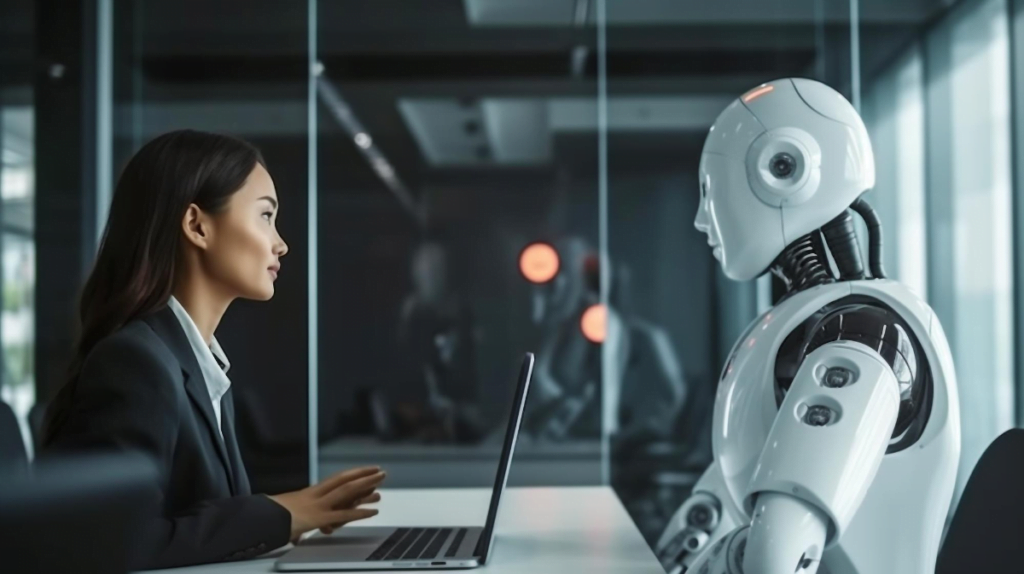In the landscape of technology, the confluence of Autonomous Robotics and Artificial Intelligence (AI) emerges as a domain of paramount significance. The idea of creating machines that can operate autonomously, that is, without human intervention, has been a subject of human curiosity for decades, if not centuries. The modern advancements in AI have brought us closer to realizing this vision, making it more tangible and applicable in real-world scenarios.
Introduction to Autonomous Robotics
The concept of robotics has undergone a profound transformation over the years. Initially, robots were conceived as mechanical devices that could carry out repetitive tasks, primarily in controlled environments like factories. However, as technology advanced, the ambition grew. The question arose: Could we design robots that can think, adapt, and act on their own? This led to the emergence of autonomous robotics. These are not just machines; they are intelligent entities that can make decisions based on the data they gather and the instructions they’ve been programmed with.
Artificial Intelligence: The Brain Behind the Operation
If we draw an analogy with the human body, robots can be thought of as the physical form – the muscles, limbs, and sensors that interact with the environment. In contrast, AI is the brain – the intricate network of algorithms and data structures that process information, learn from it, and generate responses. AI equips robots with capabilities like perception (understanding what they ‘see’ or ‘sense’), cognition (making sense of what they perceive), and action (executing tasks based on their cognition).
For instance, consider a self-driving car. Its sensors gather data – other vehicles’ position, pedestrians, road conditions, and more. Its AI algorithms then process this data, making real-time decisions like when to speed up, slow down, turn, or even when to stop.

Diverse Applications in the Real World
Autonomous robotics powered by AI finds application in numerous fields. The manufacturing industry has been a prominent beneficiary. Robots are used in assembly lines, quality checks, and even packing. Their precision and efficiency have transform production processes, leading to reduced costs and increased output.
In the healthcare sector, robots are not just assisting in surgeries but are also aiding in patient care, especially in tasks that can be repetitive or require precision. For example, robots can precisely administer medication doses or assist patients with mobility challenges.
The field of transportation and logistics has also seen a transformation. Self-driving trucks, drones for delivery, and even autonomous ships are not just concepts but realities that are being tested and implemented.
Challenges and Ethical Implications
However, with great potential comes great responsibility. The rise of autonomous robots brings along a suite of challenges, both technical and ethical. On the technical side, ensuring the safety and reliability of these robots is crucial. They must be designed to handle unexpected scenarios and not just the conditions they were trained on.
On the ethical front, the implications are even more profound. Job displacement is a significant concern. With robots taking over tasks previously done by humans, there is an impending challenge of unemployment and the need for skill adaptation.
Furthermore, the matter of accountability is pivotal. In situations where an autonomous robot might make an error or cause harm, who is to be held responsible? Is it the designer, the programmer, the end-user, or the robot itself? These are questions without clear answers, and as the technology advances, the need for a comprehensive ethical framework becomes more urgent.

The Future: Beyond Just Automation
Looking ahead, the future of autonomous robotics and AI isn’t just about making machines more efficient or reducing human effort. It’s about creating a symbiotic relationship between humans and machines, where both can benefit and augment each other’s capabilities.
Emerging technologies, especially in the domain of the Metaverse and Web3, provide intriguing possibilities. Could we have robots that interact in virtual worlds? Or perhaps robots that can own or trade digital assets like NFTs? While these ideas might sound like science fiction today, the rapid pace of technological advancement might just make them a reality sooner than we expect.
Concluding Thoughts
In summary, the intersection of autonomous robotics and AI is a fascinating realm, teeming with potential. While the opportunities are immense, they come packaged with challenges that society must address. Balancing the promise of innovation with ethical considerations will be the key to harnessing this technology for the betterment of humanity. The journey ahead is long, but with collaboration, research, and understanding, it’s a path filled with promise and potential.




